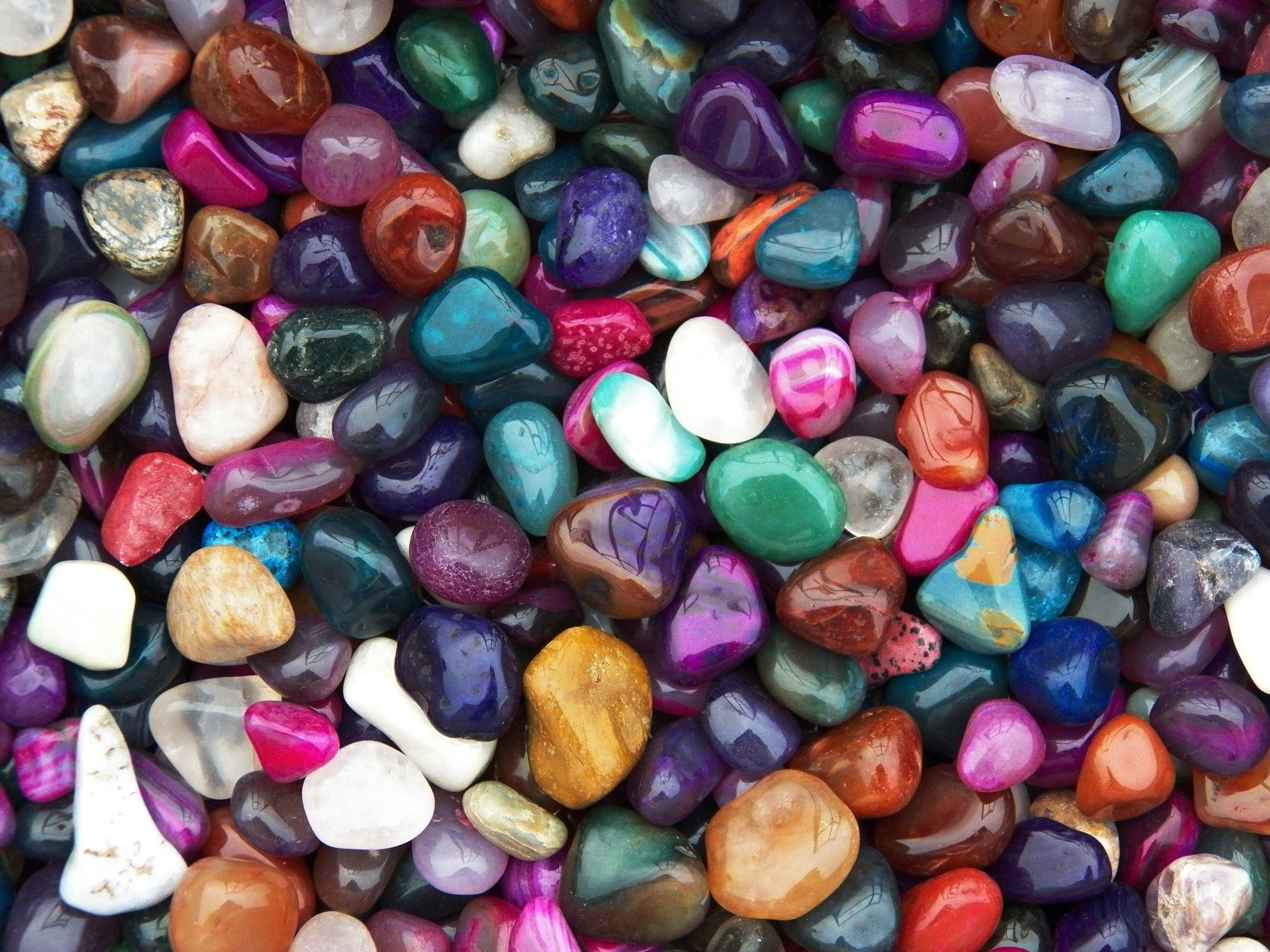Unearth the Mysteries: An Introduction to Gemstone Education
Gemstones have been around for centuries, with records of their use and trade throughout history. They are a part of our culture and have become an integral part of our lives. Whether you’re interested in purchasing gemstones or just want to know more about them, understanding the basics is essential. This guide will provide an introduction to gemstone education and uncover the mysteries behind these beautiful stones.
Blog Body:
Types of Gemstones
The first step to understanding gemstones is knowing what types there are. There are four main types of gems: precious stones (such as diamonds, rubies, sapphires, and emeralds), semi-precious stones (such as amethyst, tourmaline, aquamarine, and garnet), organic gems (such as coral, pearls, and amber), and synthetic gems (man-made gems). Each type has its own unique properties that make it ideal for certain uses such as jewelry making or healing practices like crystal therapy.
Gemstone Quality
When buying gemstones it is important to understand the quality factors that can affect the price. These factors include color, clarity, cut/shape, carat weight/size and origin. Color is one of the most important factors when it comes to determining a gemstone’s value. Clarity refers to how transparent or opaque a stone is; clearer stones are generally more expensive than opaque stones. The shape or cut of a gemstone can also affect its price; symmetrical shapes cost more than asymmetrical ones due to the extra labor involved in cutting them uniformly. Carat weight/size also plays a role in determining value; larger stones cost more than smaller ones because they are rarer in nature. Lastly, origin can be an important factor when it comes to pricing since some countries produce better quality gems than others.
Boxes/Cases for Storage
Now that you know more about gemstones and what makes them valuable it’s time to learn how best to store them! Gemstones should always be stored in boxes or cases made from materials such as velvet or suede which will help keep out dust and prevent scratching from other objects rubbing against them. Furthermore, different types of gems should be stored separately since some may react poorly with certain metals or chemicals present in others which could cause damage or discoloration over time if they come into contact with each other while in storage.
Gemstones have been around for centuries but many people still don’t know much about them beyond their beauty! This guide provides an introduction to gemstone education including information on different types of gems, their quality factors and how best to store them so that they remain safe and protected from potential damage over time. With this knowledge you will be able to unearth the mysteries behind these beautiful stones!

